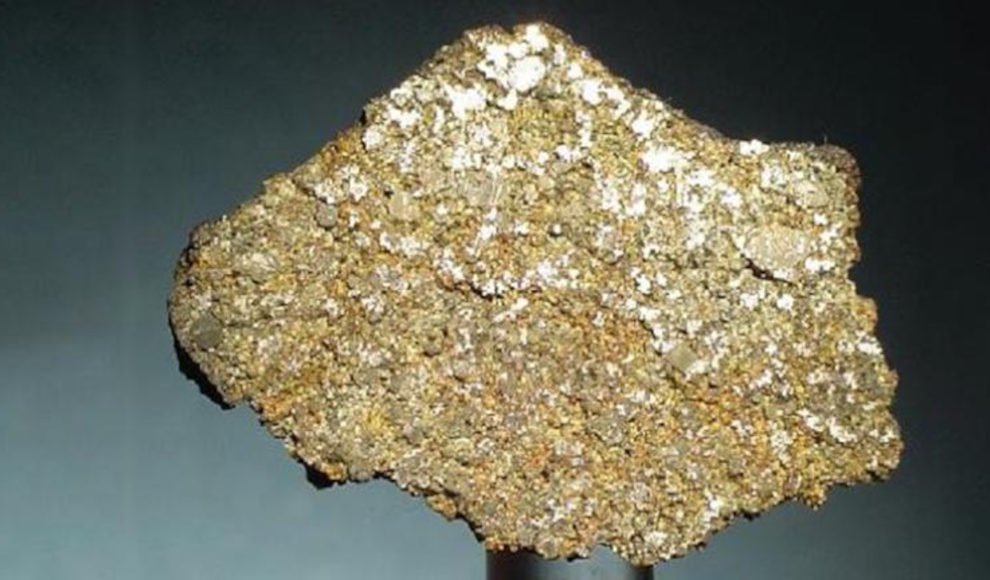In a breakthrough discovery, scientists at the University of Cambridge have successfully created Tetrataenite, a material that can be used to make strong permanent magnets, on Earth. Until now, Tetrataenite was only found in meteorites. The rare earth metals Neodymium and Dysprosium, which are used to make these magnets, are almost exclusively mined in China. This has led to concerns about the country’s ability to disrupt the supply chain in the event of a geopolitical conflict. As a result, researchers have been searching for alternative sources of rare earth metals.
The discovery of a large deposit in South Africa and the development of artificial rare earth metals are two such alternatives. Neodymium and Dysprosium are particularly important as they are used to make strong permanent magnets that are used in industries such as transportation and renewable energy. If China were to cut off the supply of these metals, it could have a significant impact on these industries. Tetrataenite, which also possesses strong magnetic properties, could theoretically replace Neodymium and Dysprosium. However, the material does not occur naturally on Earth and can only be brought to the planet by meteorites.
The scientists at the University of Cambridge were able to create Tetrataenite by melting a 1:1 alloy of iron and nickel and adding phosphorus to increase the mobility of the atoms within the metal. The resulting material was found to possess the desired magnetic properties. While the process still needs to be adapted for industrial production and its economic viability needs to be assessed, the discovery of a way to create Tetrataenite on Earth could have significant implications for the rare earth metals industry.
In conclusion, the creation of Tetrataenite on Earth is a significant breakthrough in the search for alternative sources of rare earth metals. The material’s strong magnetic properties make it a potential replacement for Neodymium and Dysprosium, which are almost exclusively mined in China. While the process still needs to be adapted for industrial production and its economic viability needs to be assessed, the discovery could have significant implications for industries that rely on rare earth metals.










